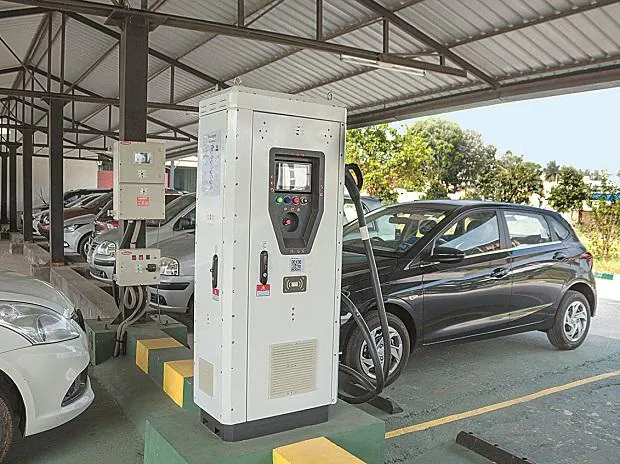The year 2022 will be regarded as the year India’s electric vehicle revolution fully took off. From 4000 units per month in June 2021, the monthly run rate increased to 80,000 units by the end of 2022, a 20x increase. From less than 1% penetration in 2021 to nearly 6% in just a year, India’s EV revolution has not only been limited to metropolitan areas, but is proving to be a pan-India phenomena. In reality, many cities, including Bengaluru, Pune, and Surat, already have an EV penetration of around 20%.
The customer preference for EVs across tier 1, 2, 3, and rural locations demonstrated that there has always been a market in India ready to adopt EVs – the new, superior technology. While much has been accomplished in a single year, this is simply the beginning. A far larger opportunity awaits. The global EV shift began in the west, with businesses such as Tesla and, more recently, Rivian, Lucid, and established European carmakers such as BMW, Mercedes, and others participating. These firms have concentrated on items such as luxury sedans, huge pickup trucks, and other forms appealing to a western audience. Even the most basic Tesla Model 3 will cost more than $50,000 (or 50,000 in India).
The bulk of the world does not associate mobility with luxury goods. More than 99% of products sold in nations such as India are priced between $100,000 and $50,000. The same is true in Southeast Asia, Latin America, Africa, and, to a lesser extent, in some developed regions such as Europe and Japan. This price point includes product segments from 2Ws such as scooters, motorcycles, small, mid-size SUVs, and cars.

Traditionally, the Japanese dominated this industry during the ICE period, with legendary businesses including as Honda, Suzuki, Toyota, Nissan, Yamaha, Kawasaki, and others creating fundamental technology, producing at scale, and commanding the global market. As a result, Japan has risen to become one of the world’s leading industrial nations.
Only the midstream processing of lithium is now dominated by China. The majority of lithium mining, however, are in Australia, Chile, and Argentina. The great majority of these mines are not controlled by China. By focusing on localising lithium midstream processing and collaborating with these countries, India can create an alternate supply chain for itself and the rest of the world.
While hydrogen is an interesting energy technology, its applications will be limited to static industrial settings. It will never be as efficient as electric vehicles. Consider using electricity to generate hydrogen, then compressing and exporting it thousands of kilometres before injecting it into hydrogen cars and turning it back to electricity. Because the grid is the most effective way of transporting power, EVs will always be far cheaper than hydrogen automobiles. This is India’s chance to grasp the twenty-first century. This decade will be India’s decade of EV transition and worldwide EV hub. To build this future, India will need to employ a four-pronged strategy.
Also Read:
- Electric Vehicle Registration in India set to cross 10 Lakh by the End of 2022
- Godawari Electric Motors is all set to showcase its entire EV Range during Auto EXPO 2023